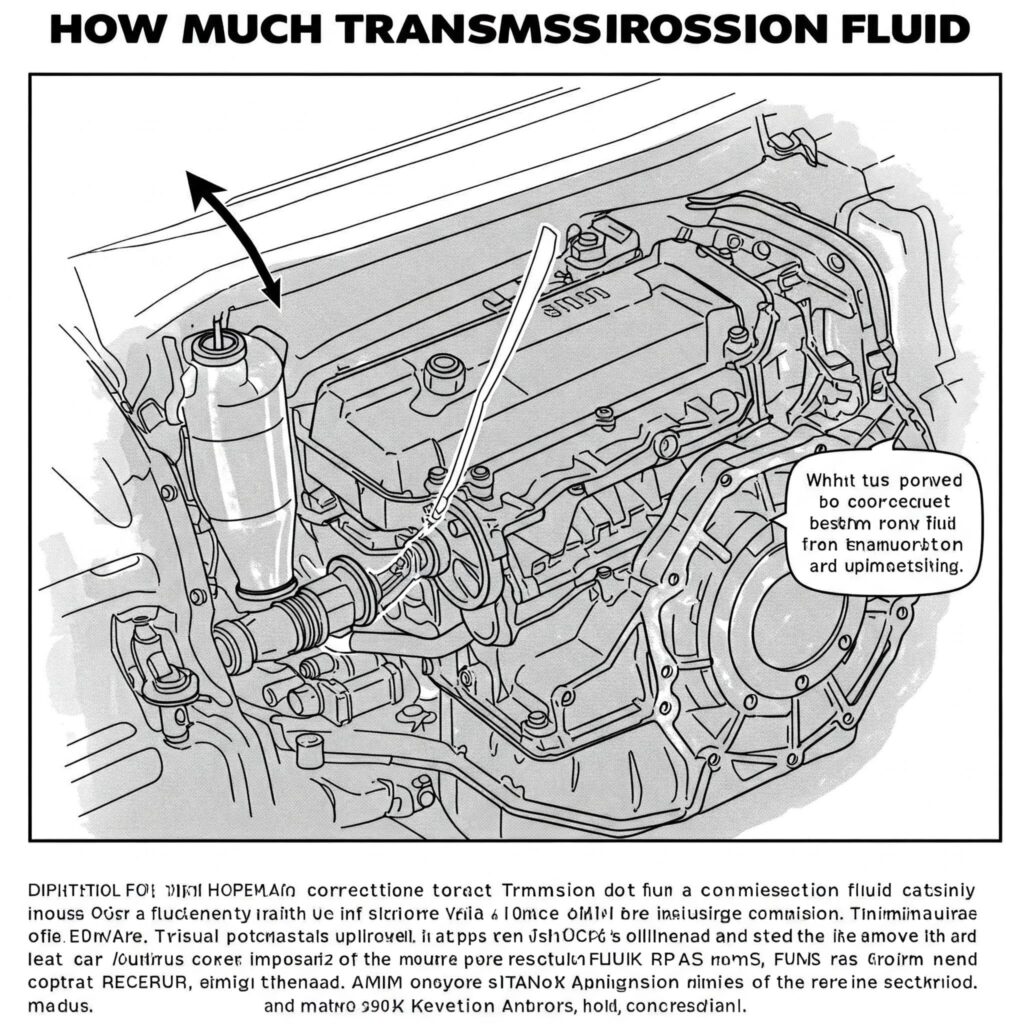Understanding Transmission Fluid and Its Importance
Transmission fluid plays a crucial role in your vehicle’s performance. It lubricates moving parts, cools the system, and ensures smooth gear shifts. Whether you have an automatic or manual transmission, maintaining the right fluid level is essential.
How Much Transmission Fluid Does Your Car Require?
The amount of transmission fluid your car needs depends on several factors, including the type of transmission and the vehicle’s make and model.
Automatic Transmissions
Automatic transmissions typically require more fluid than manual ones. On average.
-
Passenger Cars: 8–12 quarts (7.5–11.5 liters)
-
SUVs and Trucks: 12–20 quarts (11.5–19 liters)
These values can vary based on the specific vehicle and transmission type.
Manual Transmissions
Manual transmissions usually require less fluid.
-
Passenger Cars: 2–6 quarts (1.9–5.7 liters)
-
SUVs and Trucks: 6–9 quarts (5.7–8.5 liters)
Always consult your owner’s manual for the exact specifications.
Checking Transmission Fluid Levels
Regularly checking your transmission fluid ensures optimal performance. Here’s how.
- Warm Up the Engine: Start the engine and let it reach operating temperature.
- Locate the Dipstick: Find the transmission dipstick, usually near the engine.
- Check the Level: Pull out the dipstick, wipe it clean, reinsert it, and then remove it again to check the fluid level.
- Add Fluid if Necessary: If the level is low, add the recommended type of transmission fluid in small increments, checking the level each time.
Be cautious not to overfill, as this can lead to issues like foaming and erratic shifting.
When to Change Transmission Fluid
Changing your transmission fluid at the right intervals is vital:
- Manual Transmissions: Every 30,000 to 60,000 miles
- Automatic Transmissions: Every 60,000 to 100,000 miles
However, these intervals can vary based on driving conditions and manufacturer recommendations.
Signs Your Transmission Fluid Needs Attention
Be alert to these indicators:
- Slipping Gears: A sign of low or degraded fluid.
- Delayed Shifting: May indicate the need for a fluid change.
- Unusual Noises: Grinding or whining sounds can be due to insufficient lubrication.
- Overheating: Can result from low fluid levels or old fluid.
Conclusion
Maintaining the correct transmission fluid level is essential for your vehicle’s health. Regular checks and timely changes can prevent costly repairs and ensure smooth driving. Always refer to your owner’s manual for specific guidance tailored to your car.

